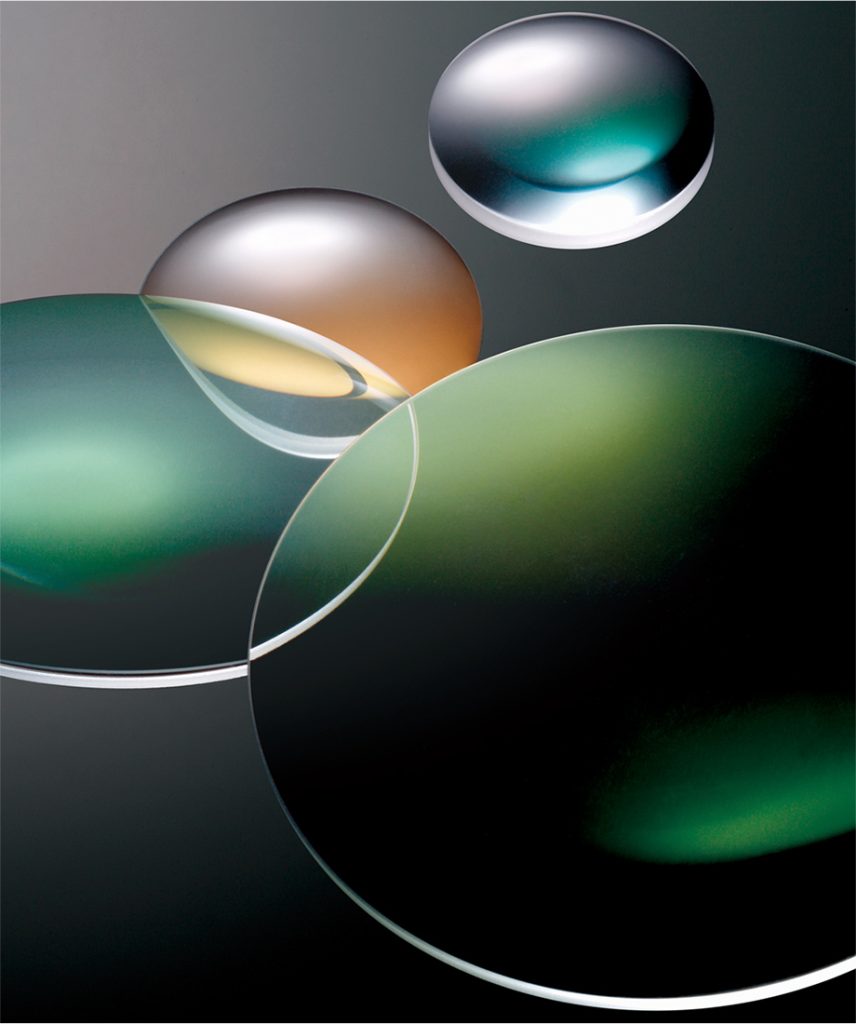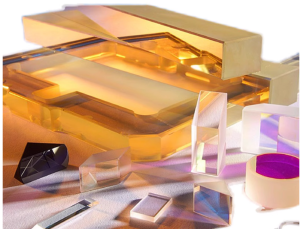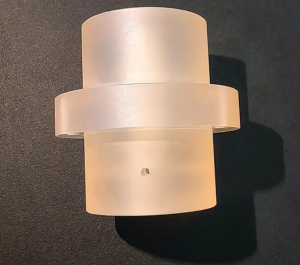
Optical glass is a glass with high homogeneity, which becomes a material for optical elements that transmit images through reflection and refraction of light such as lenses and prisms. Glass is XXX kinds of functional materials developed by human beings since 1609. At that time, Galileo in Italy used a telescope with a combination of convex lens and concave lens to observe astronomical objects.
Optical glass structure
Due to the combination of two optical constants, there are more than 200 kinds of glasses: refractive index Nd (for wavelength 587.6 nm) and Abbe number ν d。 Since the refractive index of glass varies according to the wavelength of light, a single convex lens can form a real image, but the image is not clear due to color difference. In addition, in order to improve the accuracy of the image by eliminating spherical aberration, an optical system is usually constructed by combining a plurality of convex lenses and concave lenses with different optical constants. As a result, the number of types of optical glass has gradually increased to the present.
According to the classical classification, due to the inclusion of lead oxide in the composition, it is used for the coronal system of convex lens with relatively low refractive index and low dispersion and the flint system of concave lens with high refractive index and high dispersion. Lanthanum based, phosphate based, fluoride based and fluorophosphate based materials are newly developed. 1950-1970 thorium doped high refractive index glass is also used.
Optical glass is a typical high mixing and small batch production. Each kind of glass is melted and stirred in a crucible to obtain high homogeneity. The crucible material is refractory clay or platinum. In addition to the roasting furnace, high-frequency furnace is also used, and it can also be produced continuously during relatively large-scale production.



